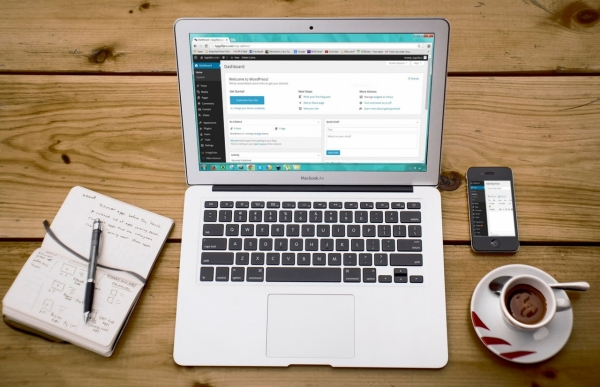Content management systems (CMS) have long been the backbone of digital content delivery. Whether you're managing a blog, a corporate website or an online archive, a CMS enables you to organise and publish content in a relatively straightforward way. But as digital ecosystems have become more complex – and content types more diverse – the limitations of CMS platforms are becoming increasingly clear. For many organisations, particularly those handling large volumes of images, video, audio and documents, a CMS alone simply isn't enough. This is where digital asset management (DAM) systems come in. When you compare CMS vs DAM, the difference is clear – one is built for publishing, the other for organising, securing and scaling your asset workflows.
A CMS is designed to manage web content – typically text and images – for live websites. It's ideal for creating and editing pages, managing blog posts and structuring your site navigation. However, CMS platforms are not optimised for managing thousands of digital assets across teams, departments or platforms.
DAM, on the other hand, is purpose-built for storing, organising, retrieving and sharing digital assets. From high-resolution photography and videos to PDF documents and artwork files, a DAM system creates a structured repository that supports complex workflows across an organisation.
Here are some of the key areas where CMS platforms fall short, and how DAM picks up the slack:
CMS systems often have limited storage capabilities and lack the sophisticated folder structures, tagging and metadata management of a DAM. If your team regularly struggles to locate files, or uploads duplicate assets because they couldn't find the original, it's time to explore DAM.
When marketing teams, designers and web editors are all working on content, keeping track of the latest versions is essential. CMS platforms don't offer the version control, audit trails or approval workflows that DAM systems provide as standard.
A CMS may only house a portion of your organisation's content – namely what's going live to the website. But what about your press kit images, internal documents, training videos or digital archives? A DAM serves as the single source of truth for all assets, across all departments.
While many CMS platforms have plugins or integrations, they aren't designed to connect to the full creative tech stack – design tools, automation platforms, rights management systems – in the way DAMs are. This means slower workflows and more time spent jumping between systems.
If your teams are storing assets in silos, or repurposing outdated files, it becomes harder to maintain brand consistency across touchpoints. With a DAM, teams work from a shared library of up-to-date, approved assets – helping to safeguard your brand identity.
The question shouldn't be CMS vs DAM – but rather how the two can complement each other. Your CMS handles what the public sees. Your DAM supports everything behind the scenes. Integrating the two creates a powerful content ecosystem that enhances efficiency, protects brand integrity and supports growth at scale.
With a DAM in place, your teams can quickly locate the assets they need, repurpose them with confidence and publish to multiple platforms – including your CMS – with ease.
Your CMS is a vital part of your digital presence – but it's only one piece of the puzzle. To manage digital assets effectively, a DAM is essential. Book a demo with our team to see how DAM can enhance your workflows, boost productivity and ensure your content library works harder for your business.
